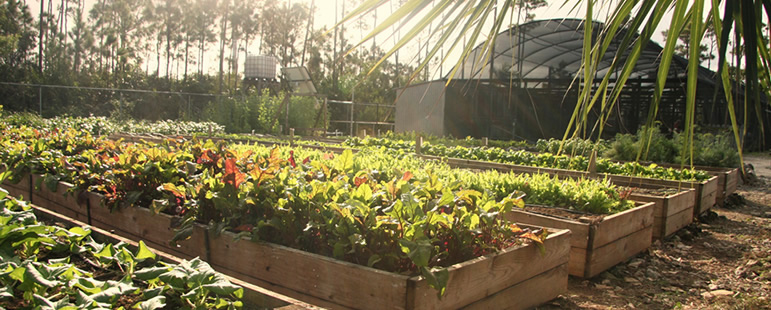Farming and agriculture in The Bahamas face unique challenges due to the country’s geography and soil quality, but it still plays an important role in local food supply, employment, and rural development.
Key Features of Agriculture in The Bahamas
1. Geographic Challenges
- Most islands have thin, limestone-based soil.
- Limited freshwater and frequent hurricanes make large-scale agriculture difficult.
- Heavy dependence on imported food (over 80%) to meet local demand.
2. Main Crops Grown
- Fruits: Bananas, mangoes, papayas, guavas, pineapples, soursop
- Vegetables: Tomatoes, sweet peppers, onions, cabbage, sweet potatoes, okra
- Root crops: Cassava, yam
- Citrus: Oranges, limes, grapefruits (mainly on Abaco and Andros)
- Sugar cane (historically)
3. Livestock
- Poultry: Chickens (for meat and eggs)
- Pigs, goats, and cattle (in smaller numbers)
- Aquaculture (fish and conch farming) is emerging in some areas.
4. Agricultural Regions
- Andros Island: The “breadbasket” of The Bahamas, with the most fertile land and fresh water.
- Abaco and Eleuthera: Known for citrus and crop farming.
- New Providence: Has backyard farms and urban agriculture initiatives.
5. Government Initiatives
- Bahamas Agricultural and Industrial Corporation (BAIC) – Supports local farmers, offers training and resources.
- Food security programs – Encourage backyard farming and reduce dependence on imports.
- Investment in agritech, greenhouses, and hydroponics is increasing.
6. Farmer’s Markets
Local produce is sold at:
- Gladstone Road Agricultural Centre (GRAC)
- Bahamas Agriculture and Marine Science Institute (BAMSI) in North Andros


